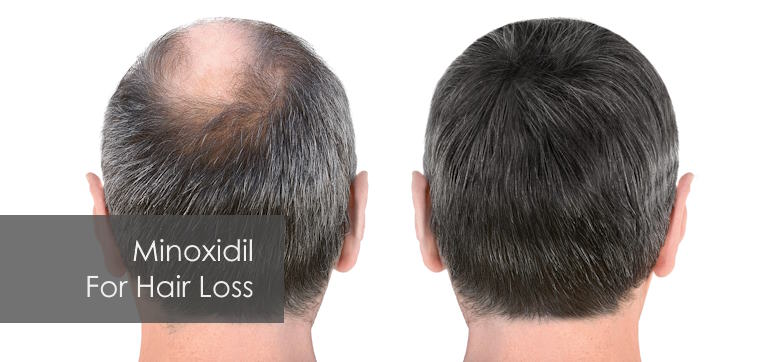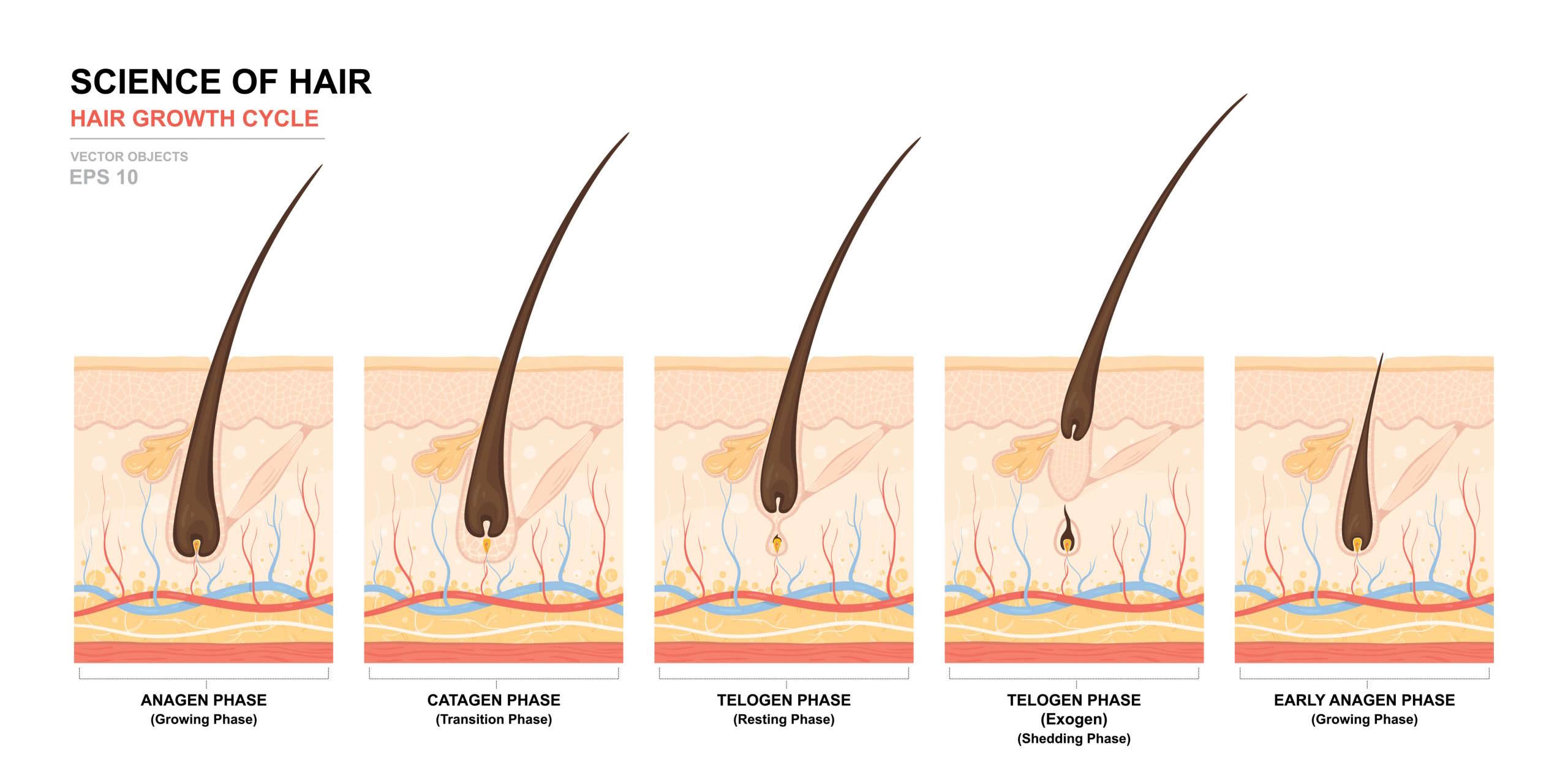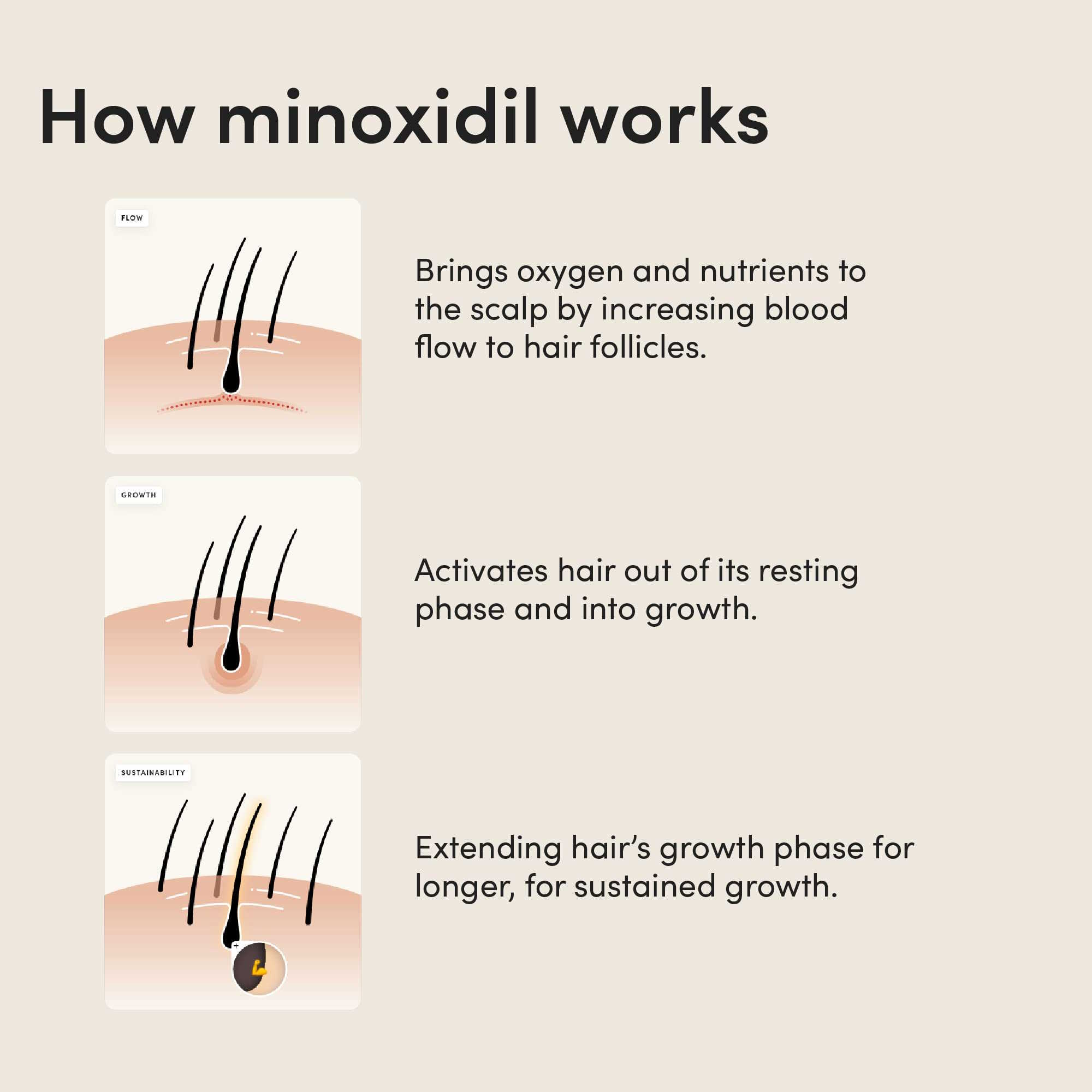Minoxidil For Hair Loss – A Comprehensive Guide
Table of Contents
Hair loss is a common condition, affecting millions worldwide. Topical minoxidil is one of the few medical treatment options available for hair loss. It is used to stimulate hair growth, slow balding and treat male and female pattern hair loss. Additionally, it is effective for other hair loss conditions such as alopecia areata, as well as post hair replacement surgery or chemotherapy.
In this guide, we will discuss minoxidil topical solution, its mechanism of action, what is minoxidil used for, can minoxidil cause hair loss, is minoxidil safe, and any side effects of minoxidil.
What is Minoxidil and How Does It Work?
Initially introduced as a treatment for hypertension, minoxidil’s unexpected side effect of promoting hair growth led to its repurposing for hair loss treatment. Over time, its efficacy in stimulating hair regrowth, particularly in androgenetic alopecia, has been well-documented. Several studies have demonstrated the hair growth-stimulating effects of minoxidil.
Minoxidil For Hair Loss – Mechanism of Action
Minoxidil’s mechanism of action in stimulating hair growth revolves around its ability to enhance blood circulation to the scalp. By dilating small blood vessels, minoxidil increases the delivery of oxygen and essential nutrients to hair follicles, revitalizing dormant follicles and encouraging them to enter the active growth phase. Additionally, minoxidil may influence immune cells within the hair follicle, further promoting hair regrowth.
When applied, minoxidil topical solution undergoes conversion by a scalp enzyme into minoxidil sulfate, which shortens the resting phase of hair growth, prompting hair follicles to enter the growth phase. While the precise mechanism remains incompletely understood, minoxidil has been observed to reverse the miniaturization of follicles, increase blood flow around follicles, and stimulate follicle movement to the growth phase. This results in increased hair thickness and overall hair regrowth.
Minoxidil For Hair Growth – How Long Does It Take to Work?
While individual results may vary for minoxidil hair growth, noticeable improvements typically become evident after approximately 4 months of consistent use. However, it’s important to continue treatment for at least 6 to 12 months to achieve optimal results. During this time, users may observe finer and thinner hair regrowth initially, with gradual thickening and strengthening over time.
-
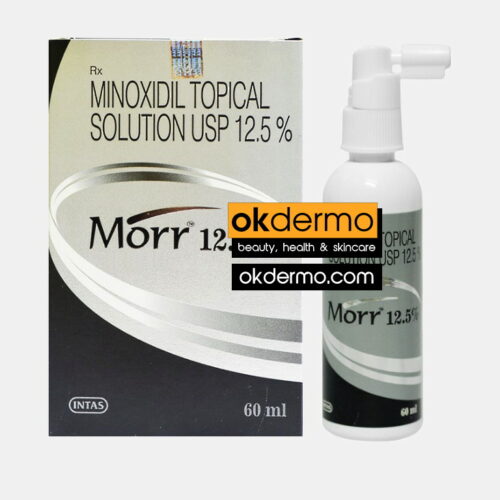
Morr® Minoxidil Topical Lotion
Minoxidil USP 7.5% / 10% / 12.5% Solution
Size: 60ml / 2fl.oz
Brand name: Rogaine, Apo-Gain
From USD $32.00 Select options -
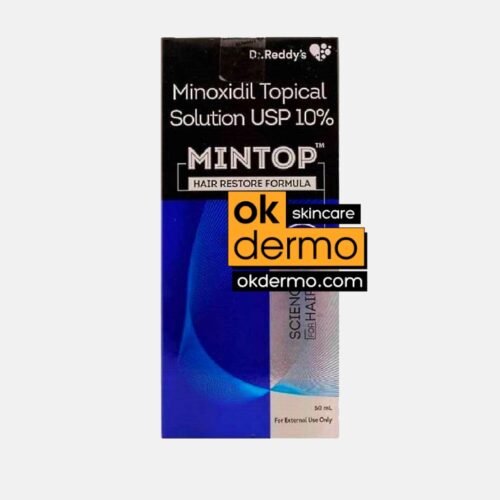
Mintop® Minoxidil Hair Regrowth Solution
Topical Minoxidil USP 2% / 5% / 10%
Size: 60g / 2.1oz
Brand name: Rogaine, Apo-Gain
From USD $34.00 Select options -

Morr F® Minoxidil & Finasteride Lipid Solution
Minoxidil 3% / 5% + Finasteride 0.1%
Size: 60ml / 2fl.oz
From USD $35.00 Select options -
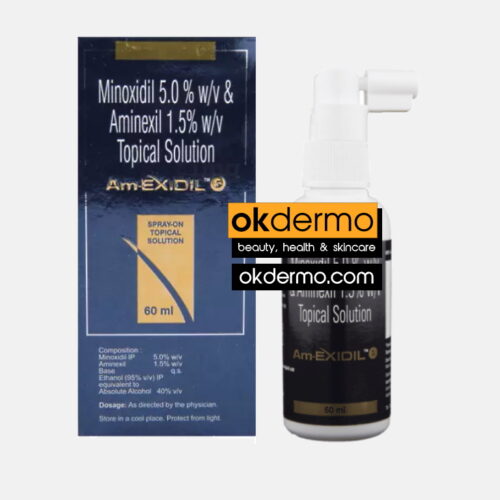
Minoxidil & Aminexil Spray-On Topical Solution
Minoxidil 5% / 10% + Aminexil (Kopexil) 1.5%
Size: 60ml / 2fl.oz
Brand name: Rogaine, Apo-Gain
From USD $40.00 Select options
How to Apply Minoxidil Topical Solution
To maximize the effectiveness of minoxidil topical solution, it is important to learn proper application techniques.
- Begin by ensuring that the scalp is clean and dry before applying the solution.
- Use the dropper or spray applicator provided to apply the solution directly to the affected areas of the scalp.
- Gently massage the solution into the scalp with your fingertips to ensure even distribution and absorption.
Typically, minoxidil is applied twice daily, preferably in the morning and evening. However, it’s essential to follow the instructions provided by your healthcare provider or the product label to determine the appropriate frequency of application based on your individual needs.
-
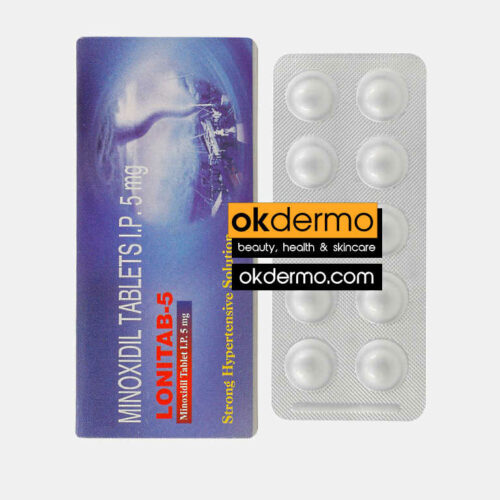
Lonitab® Oral Minoxidil Tablets
Minoxidil 2.5mg / 5mg / 10mg
Size: 30 Tablets
Brand name: Loniten
From USD $47.00 Select options -
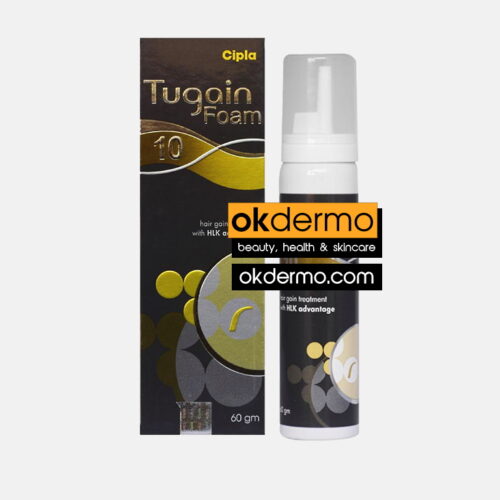
Tugain® Topical Minoxidil Foam / Gel
Minoxidil USP 2% / 5% / 10%
Size: 60ml / 2fl.oz
Brand name: Rogaine, Apo-Gain
From USD $34.00 Select options -
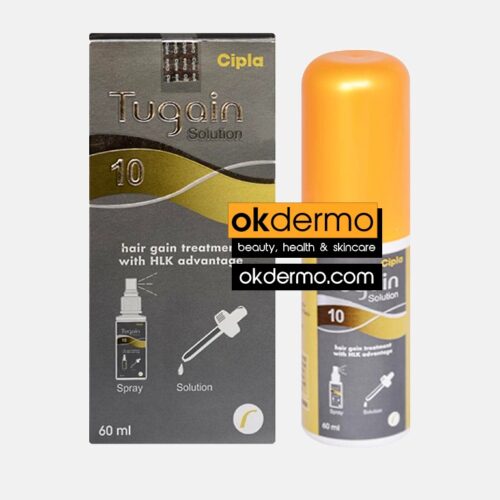
Tugain® Minoxidil Hair Regrowth Solution
Minoxidil USP 2% / 5% / 10%
Size: 60ml / 2fl.oz
Brand name: Rogaine, Apo-Gain
From USD $26.00 Select options -
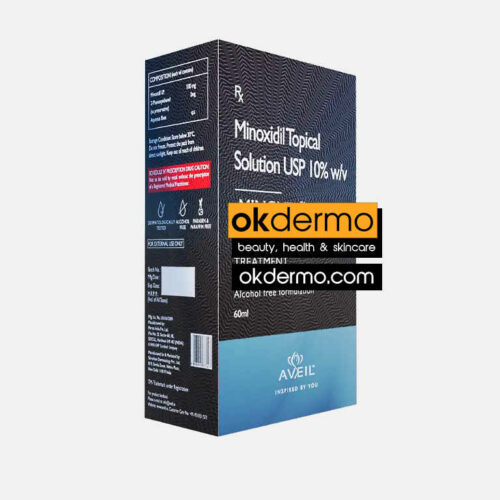
Minoveil® Hair Regrowth Treatment
Minoxidil USP 5% / 10%
Size: 60ml / 2fl.oz
Brand name: Rogaine
From USD $38.00 Select options
How to Apply Minoxidil for Optimal Results
Despite following proper application techniques, common errors can frequently impact the effectiveness of minoxidil treatment. One common mistake is using too much or too little minoxidil, which can lead to uneven distribution and suboptimal results. Another common error is applying minoxidil to wet or damp hair, which can dilute the solution and reduce its effectiveness. Additionally, failing to allow sufficient time for the minoxidil solution to dry before applying other hair products or styling hair can compromise absorption and efficacy.
To enhance the effectiveness of minoxidil, consider the following tips:
- Use minoxidil as part of a comprehensive hair care routine, including gentle shampooing and conditioning.
- Avoid using hair products that may interfere with minoxidil absorption, such as oil-based styling products.
- Allow sufficient time for the minoxidil solution to dry completely before applying other hair products or styling your hair.
- Be patient and consistent with your minoxidil regimen, as it may take several months to see noticeable results.
- Monitor your progress regularly and consult your healthcare provider if you have any questions or concerns about your treatment regimen.
-
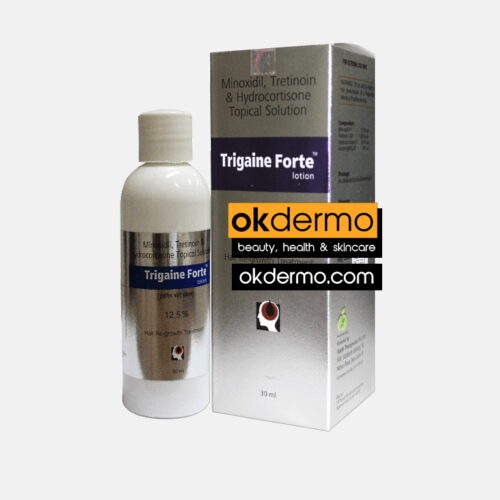
Trigaine Forte® Hair Re-Growth Lotion
Hydrocortisone 0.01% + Minoxidil 12.5% + Tretinoin 0.025%
Size: 30ml / 1fl.oz, 60ml / 2.02fl.oz
Brand name: Rogaine
From USD $36.00 Select options -
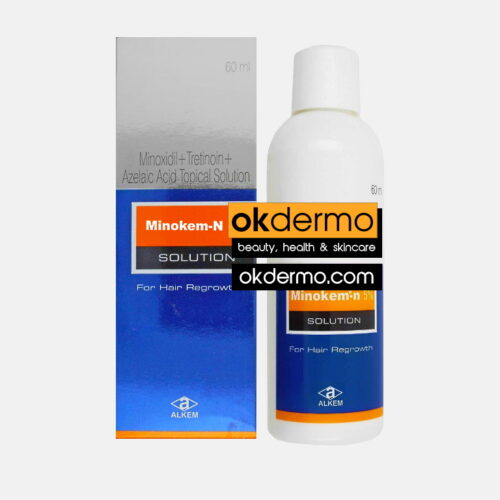
Minokem-N® Hair Regrowth Topical Solution
Minoxidil + Azelaic Acid + Tretinoin
Size: 60ml / 2fl.oz
From USD $30.00 Select options -
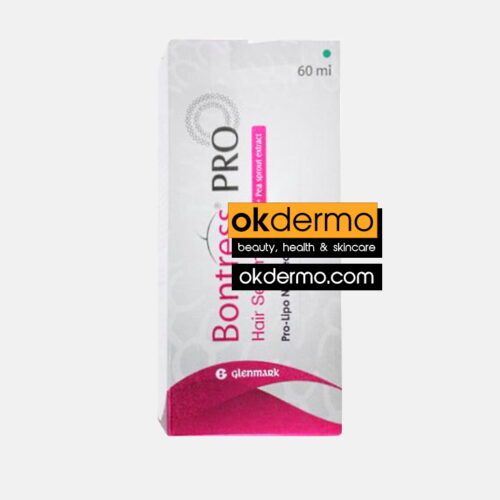
Bontress Pro® Peptide Hair Growth Serum
Pro-Lipo Neo Technology + Tripeptides + Pea Sprout Extract
Size: 60ml / 2fl.oz
USD $41.00 Add to cart -
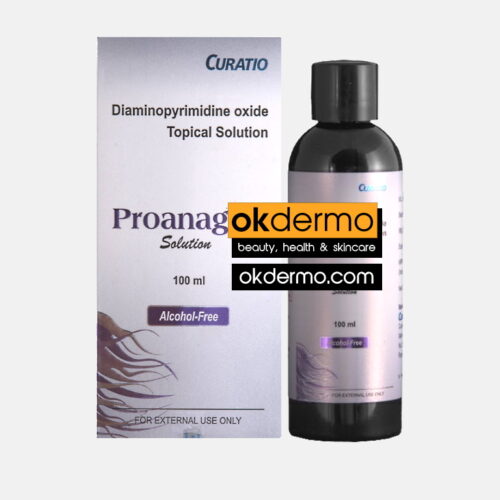
Proanagen® Kopexil Solution
Diaminopyrimidine Oxide 1.5%
Size: 100ml / 3.4fl.oz
USD $34.00 Add to cart
Is Minoxidil Safe to Use?
Minoxidil is generally considered safe when used as directed. Extensive clinical studies have demonstrated its safety and efficacy in promoting hair growth. However, like any medication, minoxidil may cause side effects in some individuals. It is essential to be aware of these potential side effects and take appropriate precautions.
Precautions and Contraindications:
While minoxidil is safe for most people, certain precautions should be observed in the following groups.
- Pregnant or breastfeeding women should consult their healthcare provider before using minoxidil, as its safety in these populations has not been established.
- Individuals with a history of cardiovascular disease or dermatological disorders should also exercise caution and seek medical advice before starting treatment with minoxidil.
- Minoxidil should not be used on damaged or irritated scalp skin, as it may exacerbate existing conditions.
Minoxidil Side Effects
Common Minoxidil Side Effects:
While generally well-tolerated, minoxidil may cause some common side effects. Common side effects of minoxidil may include
- Scalp irritation, dryness, or itching.
These side effects of minoxidil are typically mild and temporary, resolving with continued use of the medication. It’s important to monitor for these symptoms and notify your healthcare provider if they persist or worsen.
Rare but Serious Side Effects:
Although uncommon, minoxidil may also lead to rare but serious side effects in some users. These may include
- Allergic reactions such as rash, hives, or difficulty breathing.
- In rare cases, minoxidil may also cause changes in blood pressure, chest pain, or palpitations.
If you experience any of these symptoms, it is important to discontinue use and seek immediate medical attention.
Managing Side Effects of Minoxidil Effectively:
If you experience minoxidil side effects, there are several steps you can take to manage them effectively. First, ensure that you are following proper application techniques and using the medication as directed. If scalp irritation occurs, consider reducing the frequency of application or using a lower-strength formulation. Additionally, you may find relief by using soothing scalp treatments or moisturizers. If side effects persist or worsen, consult your healthcare provider for further evaluation and guidance. They can help determine the best course of action to address your specific needs while minimizing the risk of side effects.
A Closer Look: Minoxidil Side Effects in Men
Minoxidil side effects in men may necessitate specific considerations to be mindful of. While the overall safety profile of minoxidil applies to both men and women, men may be more prone to certain side effects, such as facial hair growth.
Additionally, men may experience scalp irritation or dryness, particularly if using higher-strength formulations. It is essential to monitor any adverse reactions so the usage can be adjusted as necessary.
Debunking Myths – Can Minoxidil Cause Hair Loss?
One commonly asked question is ‘Can minoxidil cause hair loss?’ To address it, it is important to understand the concept of shedding. Shedding, also known as the “shedding phase” or “shedding period,” is a natural part of the hair growth cycle. It refers to the process in which old or weakened hairs are shed to make way for new, healthier hairs to grow. Shedding typically occurs cyclically and is a sign that the hair follicles are transitioning from the resting phase to the growing phase. While shedding can be alarming, especially when starting a new hair loss treatment like minoxidil, it is generally a temporary and normal occurrence.
Minoxidil does not cause hair loss; rather, it may trigger a temporary increase in shedding during the initial phases of treatment. This shedding is often referred to as the “shedding phase” and is a sign that minoxidil is working to revitalize dormant hair follicles. Over time, this shedding phase subsides, and new hair growth becomes more apparent. It’s essential to remain patient and continue using minoxidil as directed, as the shedding phase is typically followed by significant hair regrowth and improvement in hair density. If concerns persist, consulting with a healthcare professional can provide reassurance and guidance throughout the treatment process.
Beyond Hair Loss – What Is Minoxidil Used For?
While minoxidil is best known for its role in promoting hair growth, its versatility extends beyond hair loss treatment. In recent years, researchers have explored alternative applications of minoxidil in various medical and cosmetic fields. For example, minoxidil has shown promise in promoting beard growth for individuals with sparse facial hair. Additionally, minoxidil has been investigated for its potential in treating conditions such as alopecia areata, a form of hair loss characterized by patches of baldness on the scalp.
Frequently Asked Questions (FAQs) about Minoxidil
Does minoxidil lotion work?
Minoxidil lotion, when used as directed, is effective in promoting hair growth and slowing down hair loss in individuals experiencing male and female pattern baldness. However, the degree of effectiveness may vary from person to person, and results are typically seen after consistent and long-term use.
Does topical minoxidil regrow hair?
Topical minoxidil has been clinically proven to stimulate hair regrowth in individuals with male and female pattern baldness. It works by widening the hair follicles and prolonging the growth phase of the hair cycle, leading to thicker, longer, and more abundant hair growth over time. It’s important to note that results may take several months to become noticeable, and continued use is usually necessary to maintain the benefits.
Is minoxidil lotion or foam better?
Both minoxidil lotion and foam formulations are effective in promoting hair growth and slowing down hair loss when used as directed. The choice between the two depends on individual preference and convenience. Minoxidil lotion is applied using a dropper and may be preferred by some individuals for precise application to the scalp. On the other hand, minoxidil foam is applied by dispensing the foam onto the hands and massaging it into the scalp, which some may find easier and less messy. Ultimately, both formulations have been shown to be effective, so it’s a matter of personal preference.
Does topical minoxidil have bad side effects?
While topical minoxidil is generally well-tolerated by most individuals, like any medication, it can potentially cause side effects in some people. Common side effects may include scalp irritation, itching, dryness, or redness at the application site. In rare cases, individuals may experience more severe side effects such as dizziness, chest pain, rapid heartbeat, or unwanted facial hair growth. It’s essential to follow the recommended dosage and application instructions and consult with a healthcare professional if you experience any concerning side effects.
References
- https://www.tandfonline.com/doi/full/10.2147/DDDT.S214907
- https://academic.oup.com/bjd/article-abstract/150/2/186/6635785
- https://www.tandfonline.com/doi/full/10.1080/09546634.2021.1945527
- https://link.springer.com/article/10.1007/s10227-002-0121-6
- https://www.sciencedirect.com/science/article/abs/pii/S0190962287700875
Post by:
Dr.Marcella Jiovanni
Health and Beauty Expert
“Marcella Jiovanni actively promotes the importance of maintaining healthy skin, she envisions the future of dermatology as moving away from pure medical, pharmacological dermatology and flowing more toward a holistic approach to wellness and skincare.”

